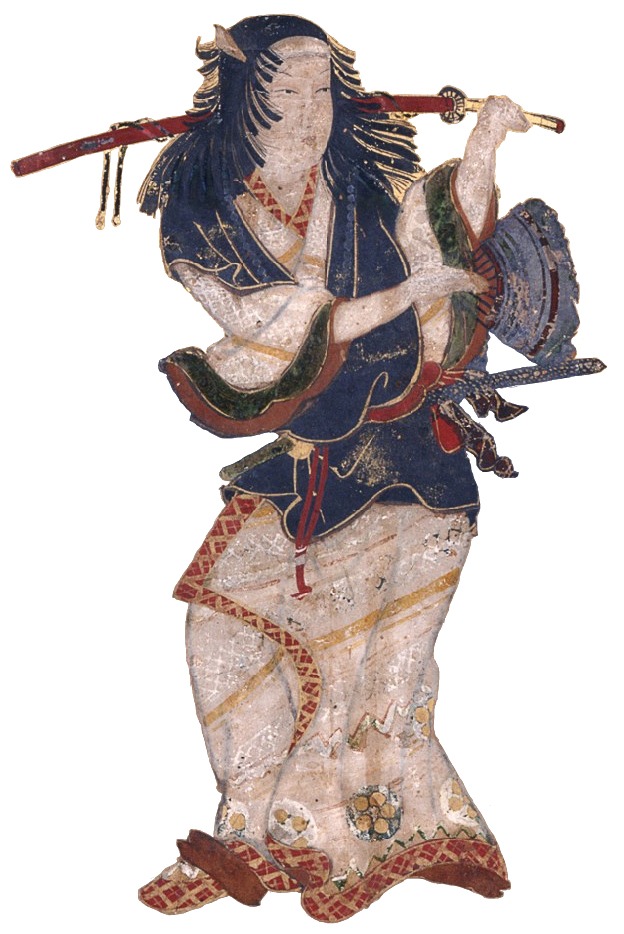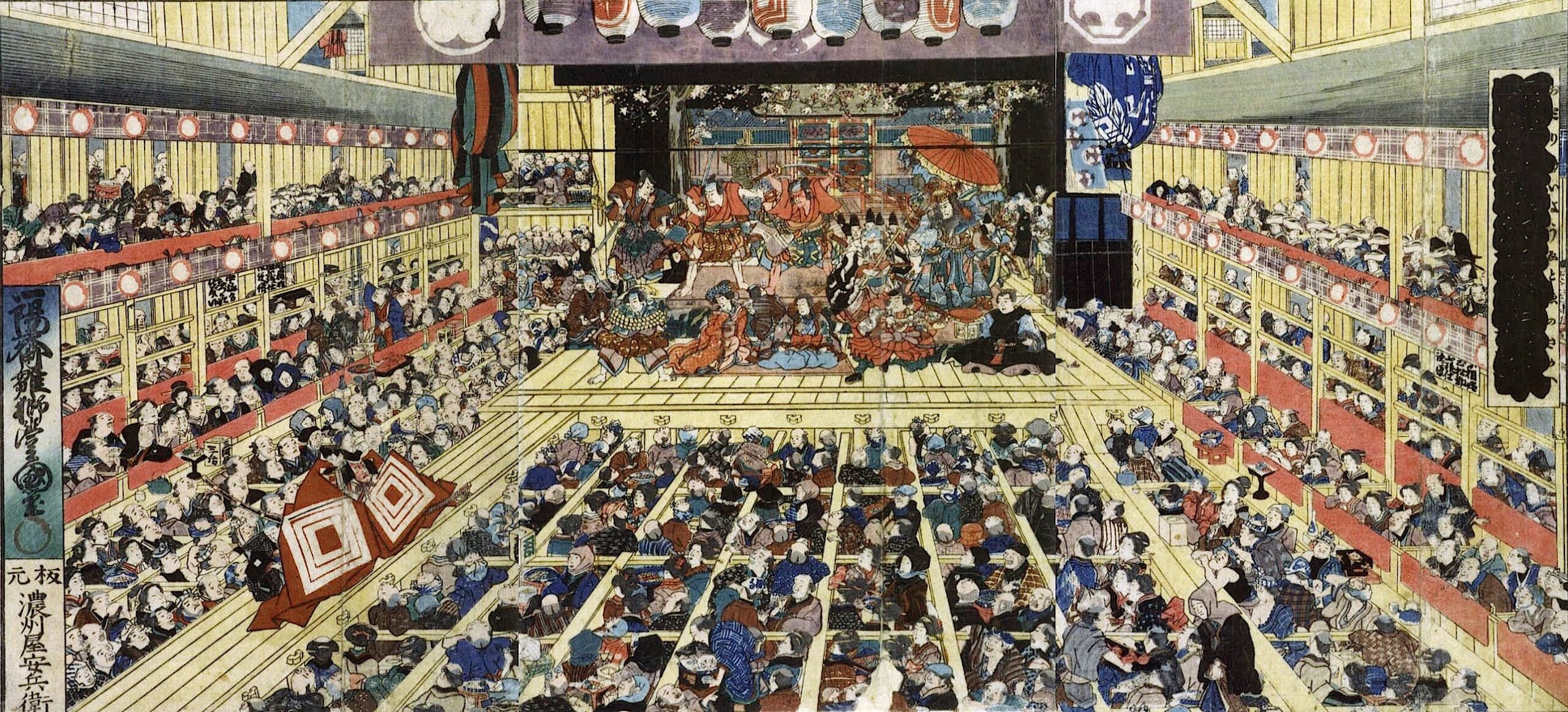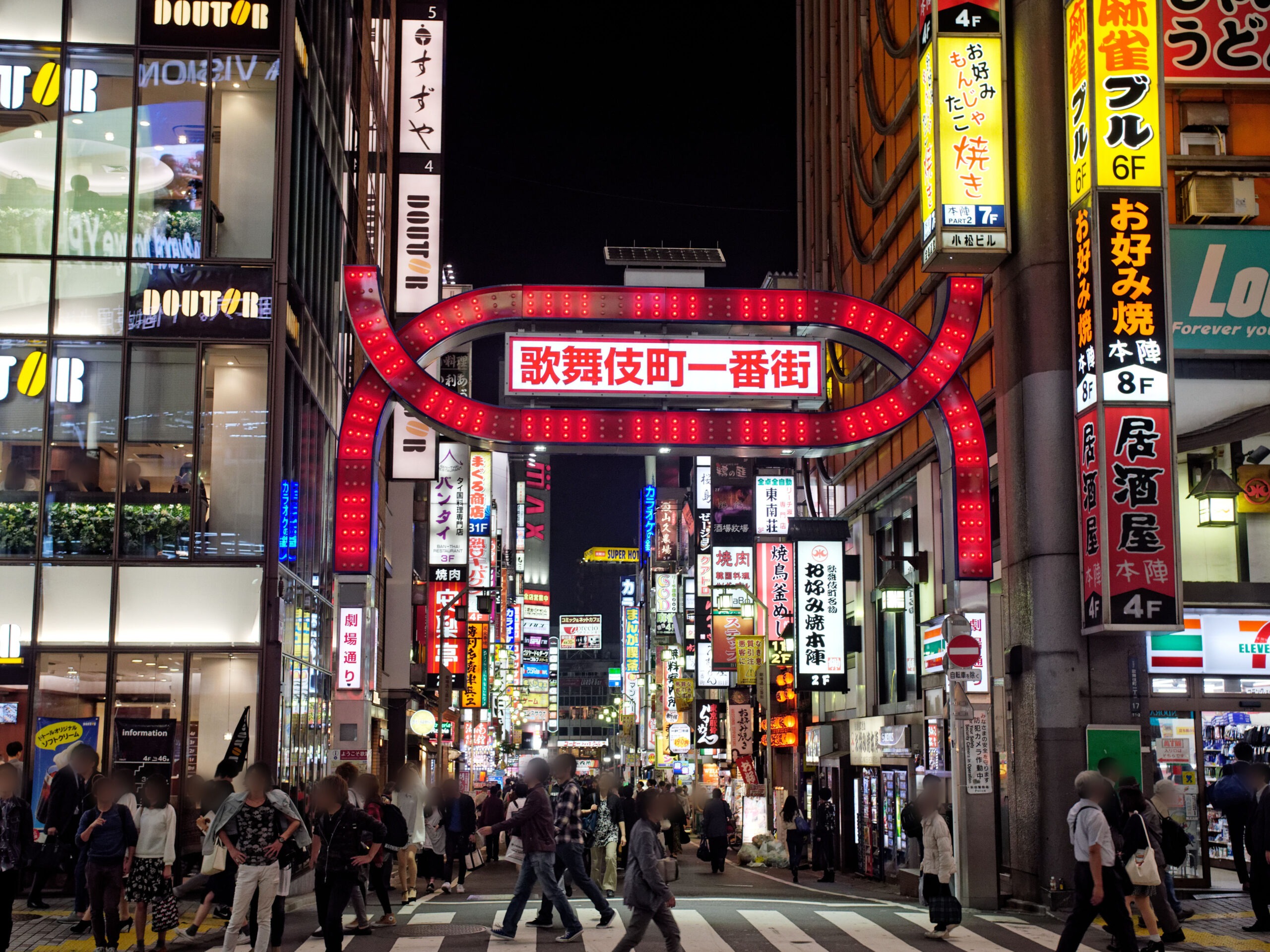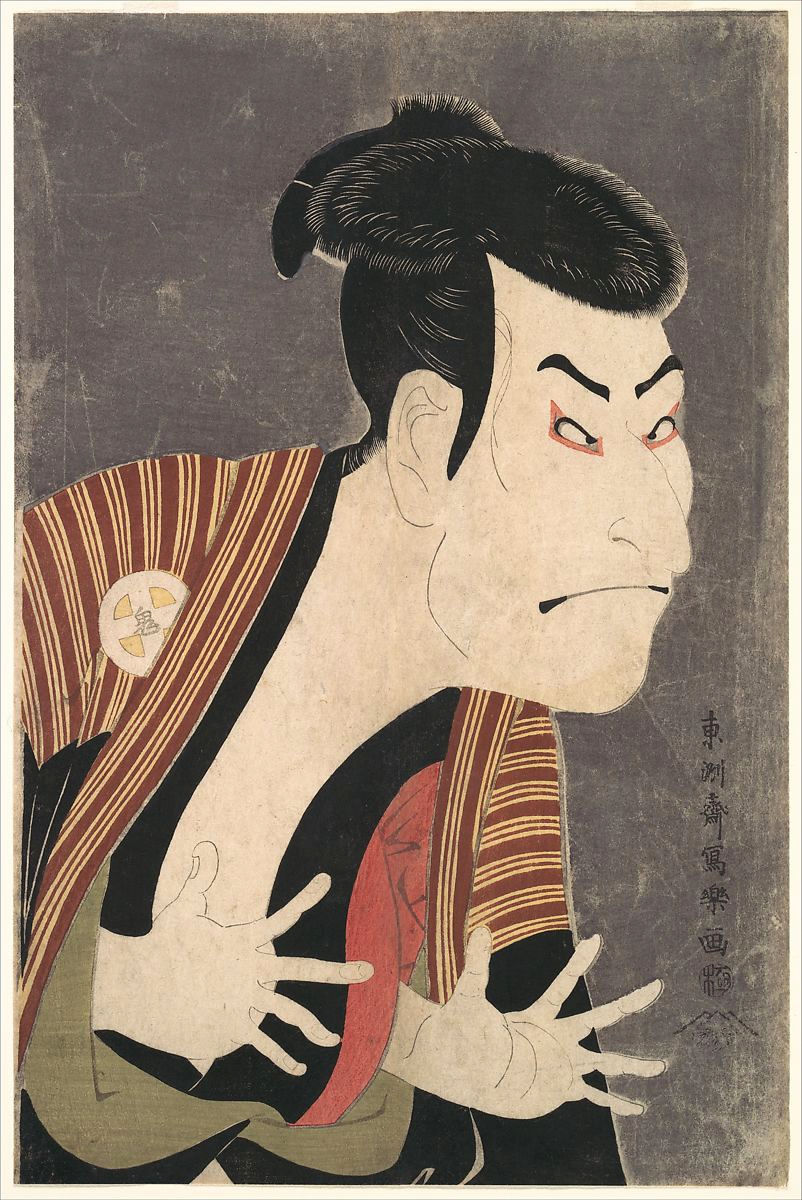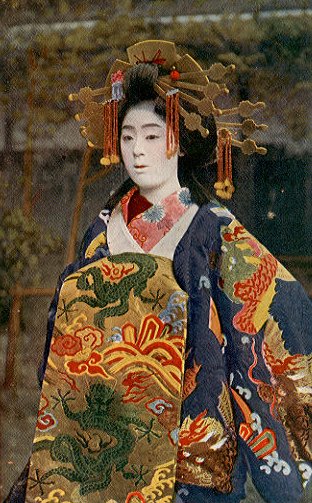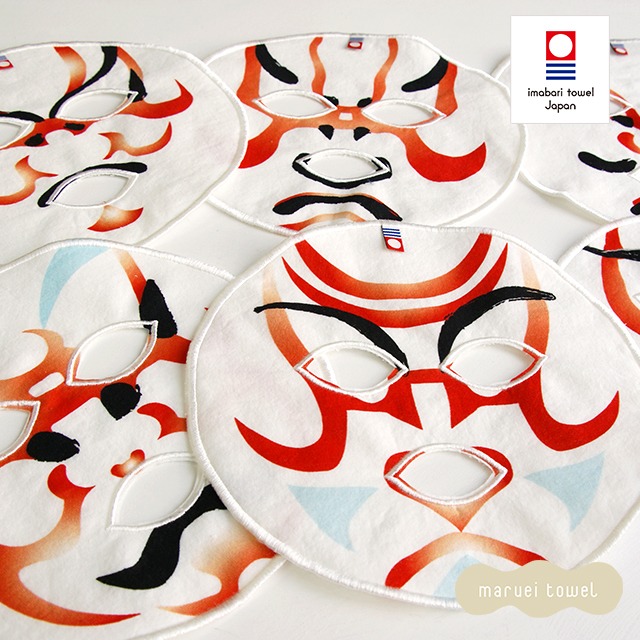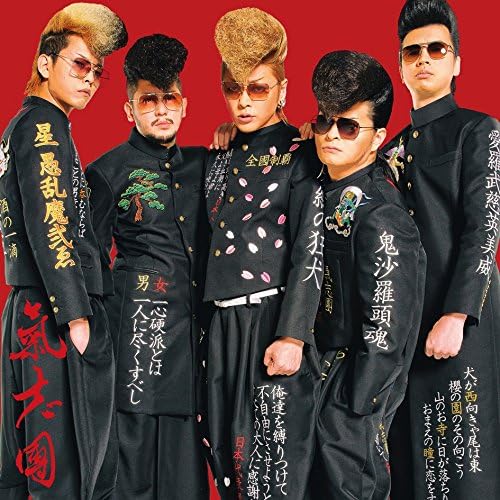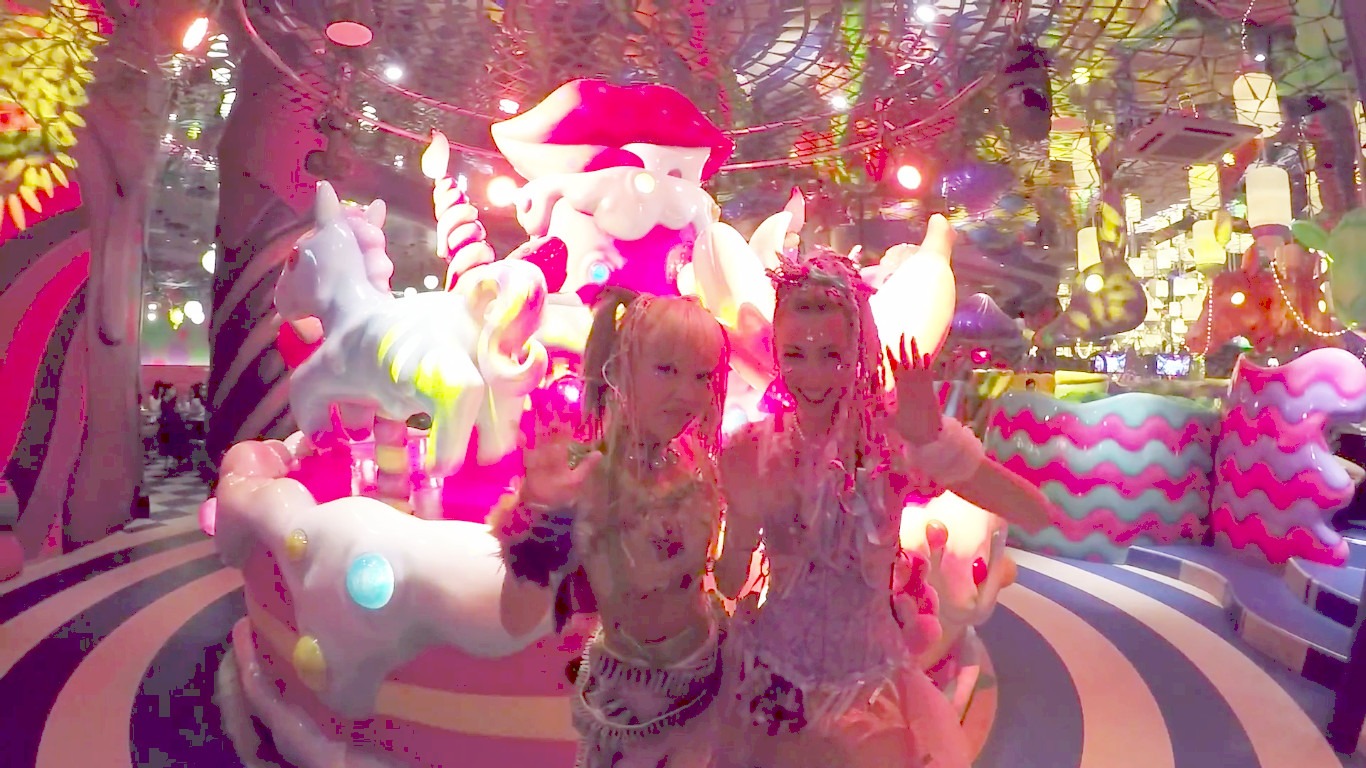
Kabuku
Basara Spirit at the Root of Noh
Kabuki takes its naming from kabuki-mono, a term given to those who dressed themselves in strange and bizarre attire. The verb kabuku –written with the Chinese character translated as “to lean” – means “excessive” or “too much”.
The essence of kabuku can be found in furyu, also called furyu-kasa – an aesthetic value from medieval Japan, meaning “excess in extravagance”. People who were especially outlandish – sometimes to the point of lunacy – were called basara. For city dwellers, such lunatics were considered loud and annoying; at the same time, people envied them for their ability to go crazy over their obsessions.
The trend of lunatics and furyu were absorbed into sarugaku, a prototype of the noh play. It was Kan’ami, the founder of the Kanze school of noh, who recognized the value of lunacy which lay at the heart of furyu and basara. It was the beginning of noh as an artform in its own right.
From Kabuki to Kyary Pamyu Pamyu
The establishment of noh marked the end of the old furyu, which subsequently became fu¯ ryu (tasteful elegance) in the Edo era. The Edo shogunate prepared licensed red-light districts and playhouses as venues for managing transient folk such as courtesans and popular entertainers. Such places were called akusho (bad places), and it was here that kabuki was born, destined to captivate the Edo masses.
The concept of kabuku can be seen in modern day youth fashions. The postwar yankii subculture with its bankara, tsuppari and sukeban, as well as the gyaru girl and gosloli (Gothic & Lolita) fashions of the 2000s and beyond developed as counterpoints to mainstream fashion trends. Drag queens, underground idols, Kiyoshiro Imawano and Kyary Pamyu Pamyu are all kabuki-mono pioneering the trends of today.
